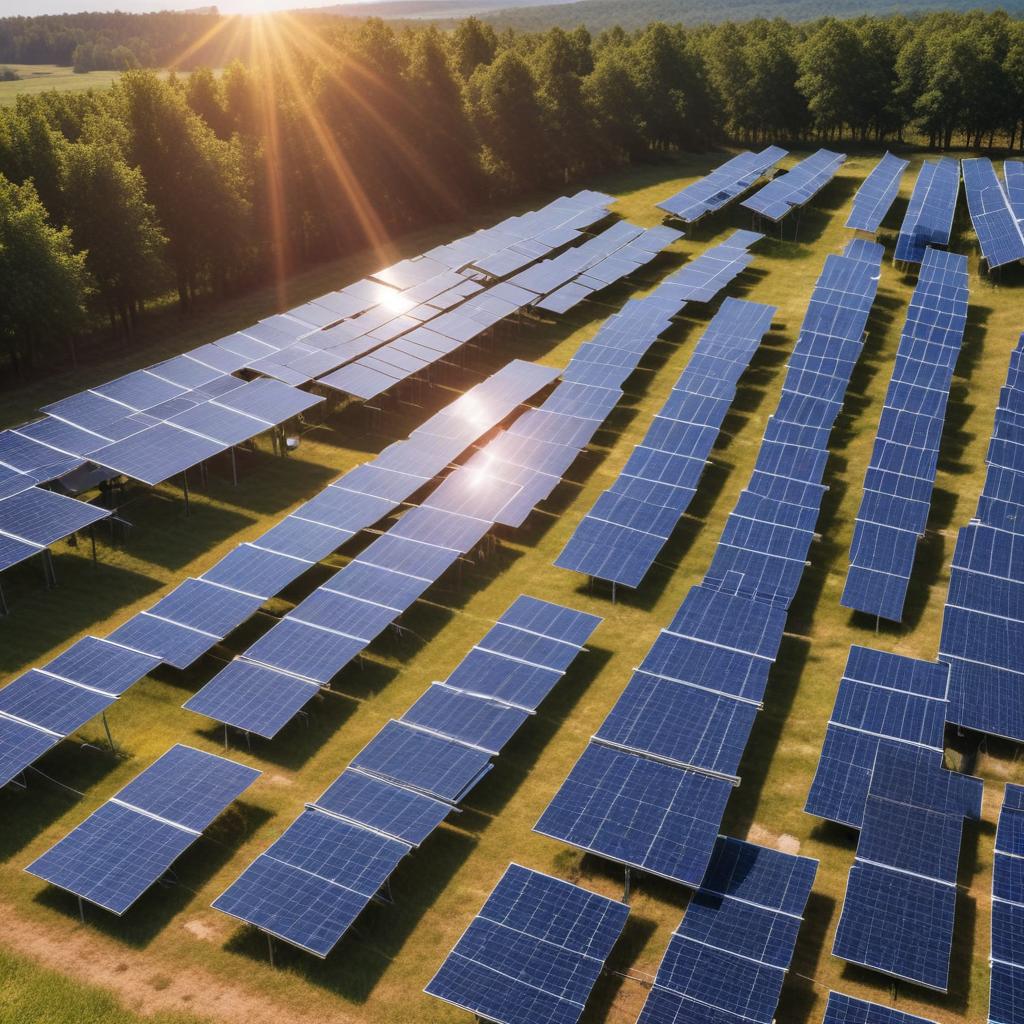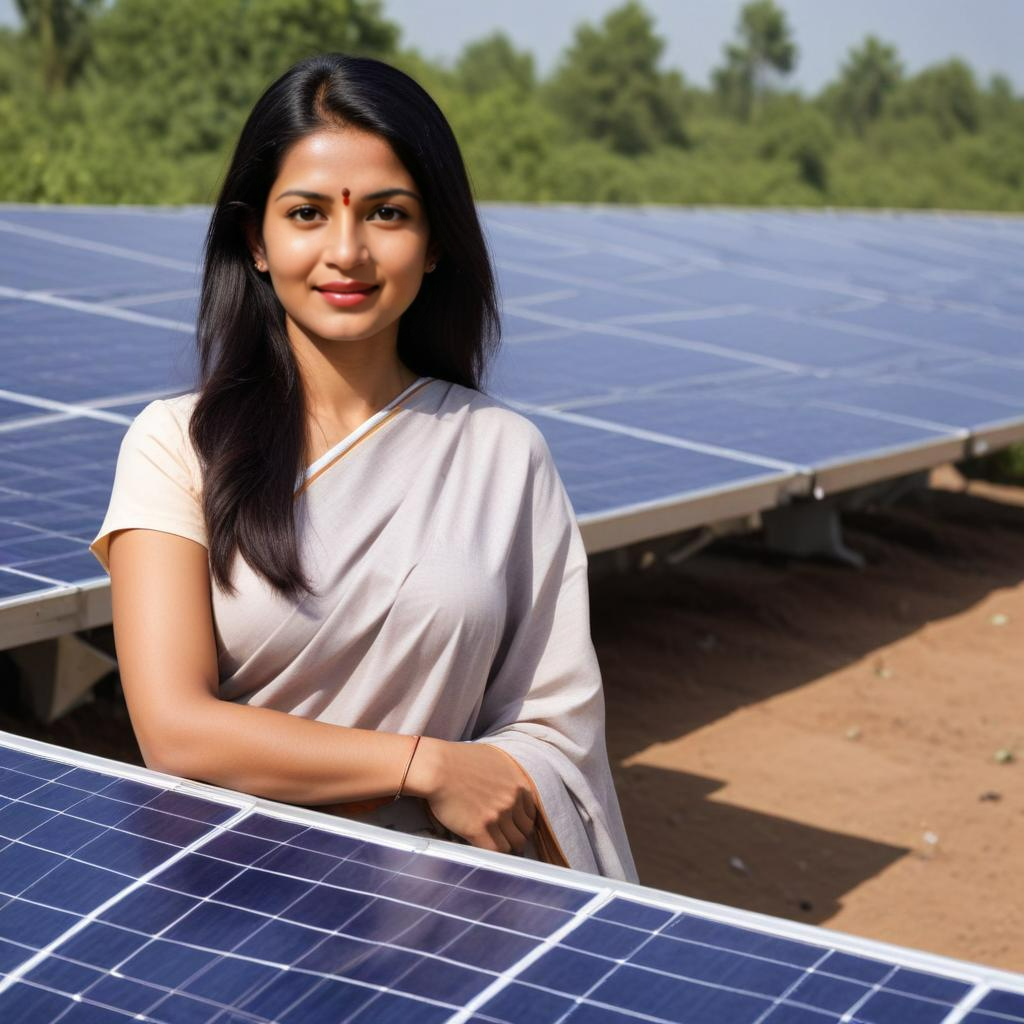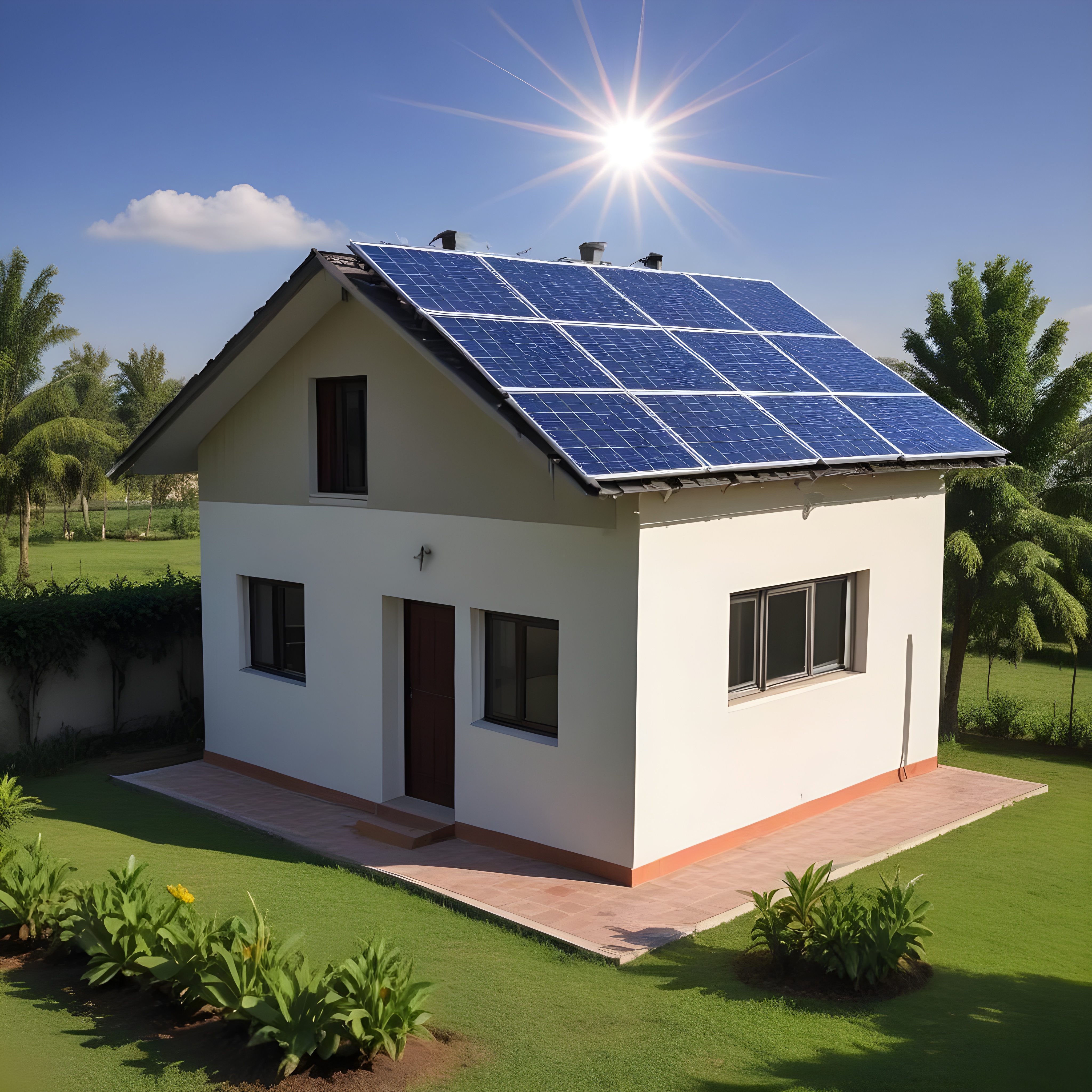Understanding Solar Panels: Components, Types, and Selection Guide
Solar panels are a key component in harnessing solar energy, converting sunlight into electricity through photovoltaic (PV) cells. Choosing the right type of solar panel is crucial for maximizing efficiency and meeting specific energy needs. This guide provides an in-depth look into the components, types, and applications of solar panels.
Components of Solar Panels
Solar panels are composed of several key components:
- Photovoltaic Cells: The core component, PV cells, are made of semiconductor materials like silicon, which absorb sunlight and generate electricity.
- Encapsulation: Protects the PV cells from environmental factors, ensuring durability and longevity.
- Glass Cover: A high-transparency glass that shields the PV cells while allowing sunlight to penetrate.
- Frame: Typically made of aluminum, the frame provides structural support and facilitates installation.
- Back Sheet: Provides insulation and protects the PV cells from moisture and other environmental damage.
- Junction Box: Houses the electrical connections and provides a safe path for the electrical current.
Types of Solar Panels
There are three primary types of solar panels, each with distinct characteristics and applications:
A) Monocrystalline Solar Panels
Characteristics: High efficiency (15-20%), long lifespan, made from a single crystal structure, more expensive.
Ideal Applications: Best for residential and commercial installations with limited space, where efficiency is a priority.
B) Polycrystalline Solar Panels
Characteristics: Moderate efficiency (13-16%), made from multiple silicon crystals, more affordable, slightly less efficient than monocrystalline.
Ideal Applications: Suitable for residential and commercial installations with ample space, where cost-effectiveness is important.
C) Thin-Film Solar Panels
Characteristics: Lower efficiency (7-12%), flexible and lightweight, can be used on diverse surfaces, typically cheaper.
Ideal Applications: Ideal for large-scale installations, unconventional surfaces, and portable solar solutions.
Choosing the Right Solar Panel
When selecting the appropriate solar panel, consider the following factors:
- Energy Needs: Determine the total energy consumption and desired energy offset. Higher efficiency panels are preferable for meeting higher energy needs.
- Space Availability: Limited roof or ground space may necessitate high-efficiency monocrystalline panels, while larger areas can accommodate polycrystalline or thin-film panels.
- Budget: Monocrystalline panels offer the highest efficiency but are more costly. Polycrystalline and thin-film panels provide cost-effective alternatives.
- Climate and Environmental Conditions: Consider the local climate, shading, and temperature variations, as these can impact panel efficiency and durability.
- Warranty and Longevity: Evaluate the warranty period and expected lifespan, which can vary based on the type and quality of the panel.
Conclusion
Selecting the right solar panel involves balancing efficiency, cost, space, and specific energy requirements. Monocrystalline panels are best suited for high efficiency and limited space, polycrystalline panels offer a balance between cost and performance, and thin-film panels provide versatility and affordability. Understanding these factors helps in making an informed decision, ensuring maximum return on investment and long-term energy sustainability.
~ Orizen Solar





